Eye discharge is common when we wake up in the morning. But it’s a different case when the color changes, which indicate an eye injury and infection.
What are you going to do then? Remember that eye discharge can be a serious issue requiring a medical attention from a qualified specialist.
The good news is that you can prevent risks. Just keep your hands clean and avoid picking your eyes. Also, it’s important to wipe away the rheum with a damp and smooth cloth for your safety.
A discharge can also reflect your eye health. So, don’t feel skeptical about seeking treatment before it’s too late.
What Is Eye Discharge?
Commonly called rheum, eye discharge is a combination of skin cells, oil, and other debris. Depending on how much liquid has evaporated, it can be dry, crusty, sticky or wet.
Experts also believe that the discharge provides extra protection to the eyes. While it removes waste products, it also gets rid of debris from the front surface and tears film.
Factors that Lead to an Abnormal Eye Discharge
Rheum is normal. When it changes in color, quantity, and consistency, it can be a sign of eye disease or infection.
Below are a few conditions associated with rheum. Read on for further details!
Conjunctivitis
Experiencing conjunctivitis for days now? Then, don’t be surprised when you have rheum. Studies show that the condition is a common sign when the conjunctiva swells.
More than the irritation, redness, and itchiness, conjunctivitis is accompanied by green or yellow eye mucus. From there, it forms a crust on the lash line.
In other cases, eyelid crusting can be serious, which in turn seals your eye.
Types of Conjunctivitis
- Viral Conjunctivitis – Caused by the herpes simplex virus and the common cold, viral pink eye is highly contagious. The discharge is watery and clear. Plus, it includes a light or white yellow mucus.
- Bacterial Conjunctivitis – Caused by a bacterial infection, this pink eye can be sight-threatening, especially without proper treatment from a certified ophthalmologist. It has more pus. It is white or yellow in color. Plus, it glues your eyelids together when you wake up in the morning.
- Allergic Conjunctivitis – Allergic pink eye, on the other hand, is triggered by common irritants, including pollen, dust, and dander. That’s not all! An allergic reaction to makeup, eye drops, contact lens solutions, and chemical pollutants can be the culprit. Plus, it is typically watery.
Compared to bacterial and pink eye, this type of conjunctivitis is not contagious. But it can spread to the other eye without proper hygiene.
Other Eye Infections
Apart from conjunctivitis, eye herpes can trigger an abnormal eye discharge. Other problems include fungal keratitis and acanthamoeba keratitis.
Eye discharge from a serious infection differs. It could be thick, clear, watery, sticky, or green. Whatever the case may be, consult the right specialist for an accurate diagnosis and effective treatment.
Blepharitis
Blepharitis, a chronic eyelid disorder, is the abnormal oil production of the Meibomian glands or the inflammation of the hair follicles. Meibomian gland disorder, a related condition, can cause eyelid crusting, foamy eye discharge, green pus, and other painful symptoms.
Stye
Caused by an infected eyelash follicle, a stye is a clogged Meibomian gland. Also known as a hordeolum, a stye is just like a pimple. Symptoms can include swollen eyelids, redness, and tenderness in the affected spot. Patients also experience discomfort, eyelid crusting, and yellow pus especially when blinking.
Compared to other eye problems, a style can heal on its own. But avoid squeezing the affected area to reduce other serious complications.
Dry Eyes
Dysfunction of the Meibomian glands and insufficient tear production can lead to a dry eye syndrome. It is a chronic condition where the eye surface is not well-lubricated. Without a proper treatment, it becomes inflamed and irritated.
Symptoms can include a burning sensation, blurry vision, and bloodshot eyes.
Contact Lenses
You probably wear contact lenses because of their ease of use and effectiveness. However, the risk of having an abnormal eye discharge is higher than expected. The culprits can include a contact lens eye infection and discomfort.
The best solution here is to remove your contacts. Then, seek a medical attention from the right physician to treat your condition.
Eye Injury
More than the dirt, chemical substance, and other dust particles, an eye injury can lead to a watery discharge.
When blood or pus occurs after an injury, see a doctor for the right treatment. While it requires an extra cost, you can experience optimal safety and convenience.
Corneal Ulcer
Unlike the other factors that trigger an abnormal eye discharge, a corneal ulcer is different. It’s sight-threatening caused by an untreated infection. It can lead to pain, redness, thick eye discharge, and swollen eyelids without a proper treatment.
Dacryocystitis
Dacryocystitis occurs when a tear duct is blocked. From there, the nose gets infected. Aside from pain and redness, other symptoms can include watery eyes and blurred vision.
What’s the Best Treatment?
Eye discharge is not as harmful as other problems. But it becomes a serious condition especially when it changes in color, amount, consistency and frequency.
When the eye mucus is caused by an infection, a qualified specialist may prescribe antiviral eye drops or even antibiotic ointments. Whether an allergy makes your eyes irritated or watery, decongestants and over-the-counter antihistamine drops can provide optimal relief.
Warm compresses are an excellent alternative to relieve any discomfort, itching, and other symptoms.
When your eyelids get stuck together, wet a washcloth with warm water. Then, place it over your eyes for at least 5 or 10 minutes.
Tips to Lessen the Risk of Abnormal Eye Discharge
Treating an abnormal eye discharge can be costly. To avoid unnecessary expenses, refrain from touching your eyes. For those who have a contagious pink eye, wash your hands more often.
When wearing contacts, you may experience abnormal eye discharge, as well. The best solution is to remove your lenses. Then, consult a doctor right away.


